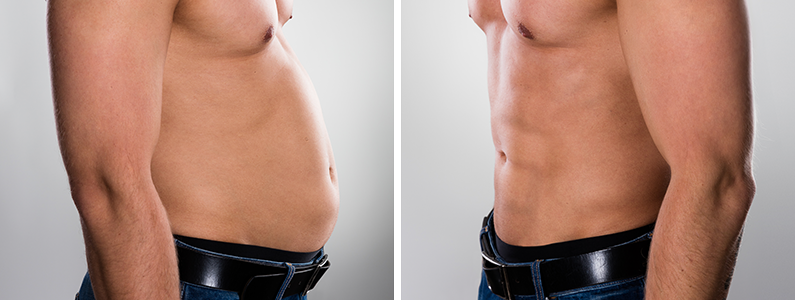At the exit of the stomach is a muscular system called the pylorus. The pylorus has the function of a valve that allows the controlled food in the stomach to pass into the duodenum, that is, the duodenum. The pyloric muscle also prevents the digestive aids from the bile duct and pancreatic duct opening into the duodenum from escaping into the stomach.
In Biliopancreatic Diversion (BPD) surgery, the pyloric muscle is taken together with the last part of the stomach. Dumping syndrome is seen frequently and severely due to the absence of the pyloric muscle. In addition, ulcer development in the anastomosis is more common in the absence of the pyloric muscle.
Duodenal Switch is another type of Biliopancreatic Diversion (BPD) surgery in which the stomach is reduced differently to protect the pyloric muscle and the small intestine is connected to the duodenum of two centimeters after the stomach and pyloric muscle. Together, these two are called Biliopancreatic Diversion-Duodenal Switch (BPD/DS).
 How is Duodenal Switch Surgery Performed?
How is Duodenal Switch Surgery Performed?
The first stage of the surgery is to remove 85% of the stomach and shape the stomach into a thin tube stomach, as in sleeve gastrectomy, that is, sleeve gastrectomy surgery. This section creates the effect of restricting food intake. In the second stage, the duodenum is separated by cutting a few cm ahead of the ring-shaped muscle layer called pylorus at the stomach exit and a little behind the place where the bile-pancreatic fluids are poured. The gastric outlet is opened with the small intestine at a distance of 250 cm backwards from the small intestine-large intestine junction. That is, the length of the intestine, where bile and other digestive enzymes mix with food and cause absorption, is reduced to 250 cm. This process reduces the absorption of fats and calories from food by more than gastric bypass.
Why is Duodenal Switch preferred?
Statistically the most comprehensive weight loss method among surgical interventions
The most suitable method for diabetes, high blood pressure, high cholesterol and high triglyceride
The most effective solution for patients fed with high calories
Does not cause indigestion as the "pyrolic valve" of the stomach is protected
Since the part of the stomach that produces GHRELIN (hunger hormone) is removed, it causes a decrease in hunger and appetite.
Overweight patients also help you lose weight better than clamp and Gastric Bypass methods.
Its effects on metabolism are more pronounced in terms of slowing down fat absorption, thus facilitating and helping to lose weight in the long term. Although it is the most effective of the 4 surgical methods that provide weight loss, post-operative risks may be higher. Only 50 bariatric surgeons in the world can perform this operation due to the long-term effects of slowing down fat absorption, the skill of the method and the long post-operative examination period.


